Saint Mary's Well, also known as Our Lady's Well, Inishcealtra
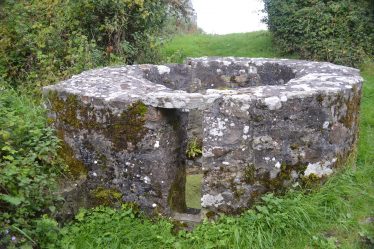
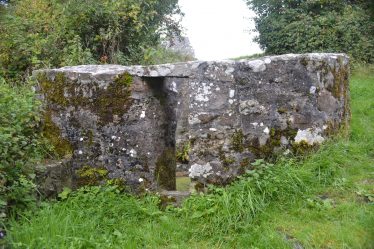

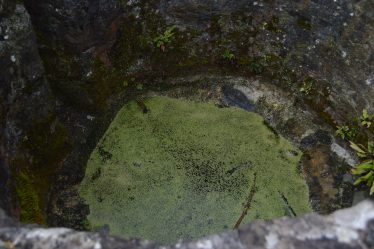
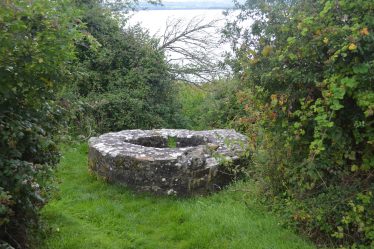
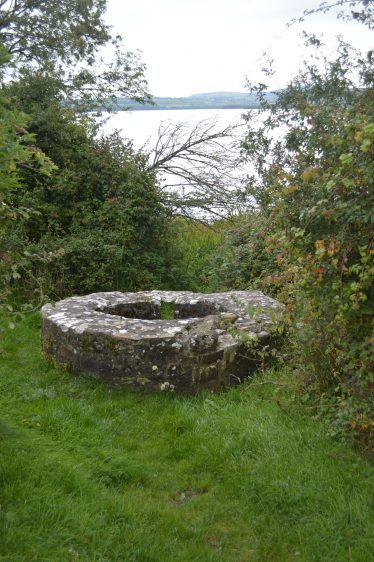
Townland: Inishcealtra, Iniscealtra, Holy Island
Description of Holy Well and Landscape Setting
Our Lady’s Holy Well is situated a short distance south of Saint Mary’s Church on the east shore of Holy Island or Inis Cealtra. A large circular wall, constructed in the 1970s, surrounds the well. Many offerings and coins were found during excavations of the area around the well. None were dated to earlier than 1850. The holy well was the last station on the rounds of the pilgrimage which took place on the island. According to tradition, if a pilgrim sees his reflection in the water, his sins are forgiven.
Saint and Feast Day Associated with Holy Well
This well is dedicated to the Virgin Mary, whose feast day is celebrated on 15th August. Inis Cealtra was once one of the busiest pilgrimage sites in the county. It drew huge crowds from nearby Galway, as well as Clare. Today, people visit as sightseers but many also continue to visit on pilgrimage. There is an annual Mass on the island, if circumstances permit.
Natural Heritage around the Holy Well
There is mostly well maintained grass around the holy well and between the various monuments on the site. Trees grow at the edges of the island including ash, alder and beech and there is shrubbery present on the shoreline. White-tailed eagles can be found further up the lake.
Heritage Attractions Nearby
This island, with its round tower, sculptures, churches and monuments has a rich history and is capable of holding one’s interest for many hours. Mountshannon Village is close by where lunch can be found in a number of eateries.
Additional Information
There are a number of written records from the 19th century about the suppression of the island pilgrimage.
In 1837 Samuel Lewis wrote:
‘The pattern of Iniscealtra, the third largest of Clare’s chief annual patterns was first proscribed by James Keane PP who died in 1823 and the ban was maintained thereafter.’
However, in 1838 Thomas O’ Connor visited the island as part of his work with the Ordnance Survey. He recorded information on a long ‘turas’ or round at one end of the island, and the shorter round which happened at the interior of the island. Both rounds were reported as still going strong by O’Connor in 1838.
Finally, in 1840, writing in their three volume guide to Ireland, Samuel Carter Hall and Anna Maria Hall noted:
‘On the Pattern day or festival day of St. Caimin (12th March) the crowd of its devotees is very large, but the clergy have of late years – and with much propriety – discountenanced such assemblages’.
Discover More…
Ordnance Survey Letters, Royal Irish Academy
Ordnance Survey Letters, Ask About Ireland
Hall, S and Hall, A 1984, Hall’s Ireland: Mr & Mrs. Hall’s Tour of 1840, Sphere Books, London
Lewis, S 1837, A Topographical Dictionary of Ireland, Lewis & Co., London
Record of Monuments and Places Number
RMP-CL029-00923




No Comments
Add a comment about this page